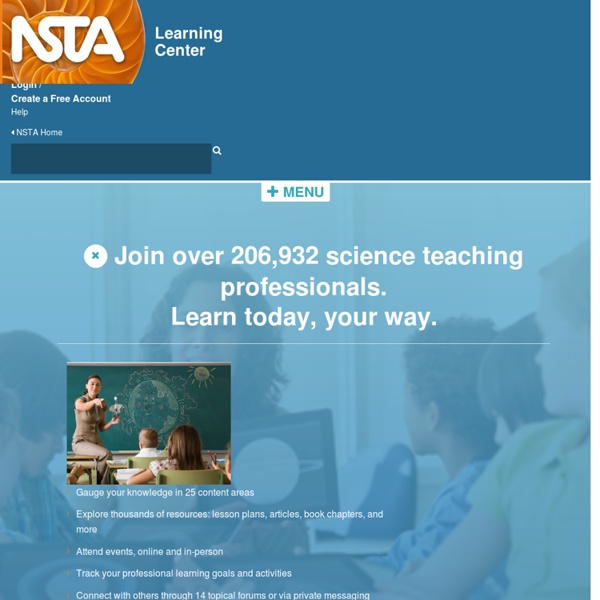



K-MODDL > Tutorials > Reuleaux Triangle If an enormously heavy object has to be moved from one spot to another, it may not be practical to move it on wheels. Instead the object is placed on a flat platform that in turn rests on cylindrical rollers (Figure 1). As the platform is pushed forward, the rollers left behind are picked up and put down in front. Is a circle the only curve with constant width? How to construct a Reuleaux triangle To construct a Reuleaux triangle begin with an equilateral triangle of side s, and then replace each side by a circular arc with the other two original sides as radii (Figure 4). The corners of a Reuleaux triangle are the sharpest possible on a curve with constant width. Other symmetrical curves with constant width result if you start with a regular pentagon (or any regular polygon with an odd number of sides) and follow similar procedures. Here is another really surprising method of constructing curves with constant width: Draw as many straight lines as you like, but all mutually intersecting.
NGSS Hub Classroom resources that are “fully aligned” to the NGSS should meet the rigorous criteria of the EQuIP rubric developed by Achieve and NSTA. Full alignment means that the resources are three-dimensional in nature, have coherence across lessons and units, provide a number of important instructional supports, and provide methods to monitor student progress. Work is currently underway to develop exemplar lessons and resources that meet this vision. To support teachers now and provide them with guidance on making the shifts called for in the NGSS, NSTA has recruited a group of curators to find and vet existing classroom resources that could be modified to be more in line with the vision of the NGSS. With modifications recommended by the curators, these resources—including book chapters, videos, lesson plans, simulations, and more—show how teachers can adapt the lessons to better build toward the standards. For more information about the EQuIP rubric, visit these resources:
Posters Scientific Posters Posters are a special type of presentation. When well designed, they are not simply journal papers pasted onto boards. Nor are they mounted sets of presentation slides. The purpose of scientific posters is to present work to an audience who is walking through a hallway or exhibit. Figure 1. Figure 2. Figure 3. So then what makes for an effective poster? First, the title of an effective poster should quickly orient the audience. Second, the poster should quickly orient the audience to the subject and purpose. Third, the specific sections such as the results should be easy to locate on the poster.Once readers recognize what the work is, they decide how much energy to invest into the poster. Fourth, you should design the individual sections of a poster so that they can be quickly read.Given the distractions that occur while reading posters in a symposium such as in Figure 1, the poster should not contain large blocks of text. References Lamancusa, John, Jens E.
Teaching Resources <p class="NoScript">Javascript Required! Please enable Javascript, or upgrade to a browser that supports Javascript.</p> Resource Links by Topic AnimalsBioethicsBiotechnology & GeneticsEcology/EnvironmentEducationEvolutionGeneral BiologyHealth & SafetyInstructional Materials & Student Resources Stem Cell ResourcesArticles from The American Biology Teacher Each month, the editor of the ABT selects one article to post online. These articles are freely available to interested readers at ABT online. Sponsored Advertisement 23Share Mailing Address: NABT, P.O.
Welcome to NESTA | NESTA SCORE - South Central Organization of Researchers and Educators (Space Science, Education and Public Outreach Lunar and Planetary Institute About SCORE Information for Community Workshops News Evolving Initiatives South Central Organization of Researchers and Educators Part of NASA's Office of Space Science Support Network NASA's Broker program concluded in June 2007. Site Map | Contact Us | Privacy Policy | ©Lunar and Planetary Institute, 2014 Elementary Curriculum Resources Energy Infobooks are the resource for many NEED activities and include an introduction to energy, information on major sources of energy, new technologies, energy conservation, electricity, climate change, and other energy information. They are available on four reading levels and are revised and updated annually. Blueprint for Success (e-publication) This essential gusdide helps educators develop effective energy education programs. It provides an outline of a basic energy curriculum unit and matrix of all curriculum options. also included within the Blueprint for Success is a sample work plan and suggestions for energy outreach activities to conduct other classes, schools, families, and communities. the Youth Awards Program Guide and Application Form can also be found in the Blueprint for Success. ElectroWorks Teacher GuideElectroWorks Student Guide This guide includes background information and hands-on experiments to explore the basic concepts of atomic structure and electricity.
The Science Behind Clouds – On a Cloudy Day You Can See Weather Have you ever wondered how clouds form? We all learn the water cycle in school – water falls from the clouds in the form of rain or snow and collects on the ground. The water on the ground heats up and turns to vapor and the vapor travels up into the atmosphere and creates clouds. But how do those clouds form? Before you start on your own cloud, let’s learn a little more about clouds. A cloud is a lot of droplets of water and or ice crystals, depending on the temperature. Even though we don’t see them, water molecules are in the air all around us. Clouds on Earth form when warm air rises and its pressure is reduced. Why do clouds float instead of sinking to the earth? Try this simple and popular Colorful Rain Cloud in a Jar activity - Materials Clear jarWater (any temperature)Shaving creamCup of water with a little food coloringPipette (or spoon)Food coloring Activity Questions and Answers to Popular Cloud Questions - 1. 2. 3. JarHot WaterIcePlate or jar lidMatches Activity